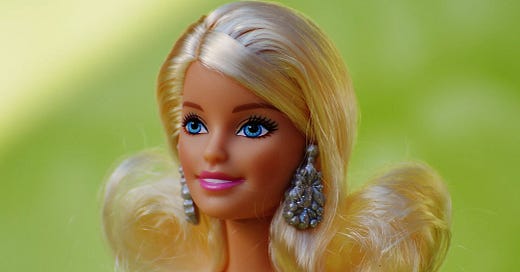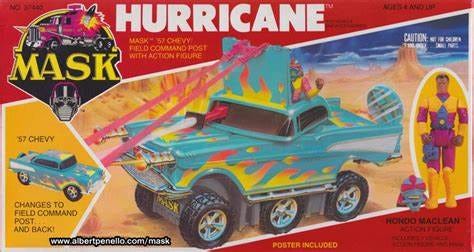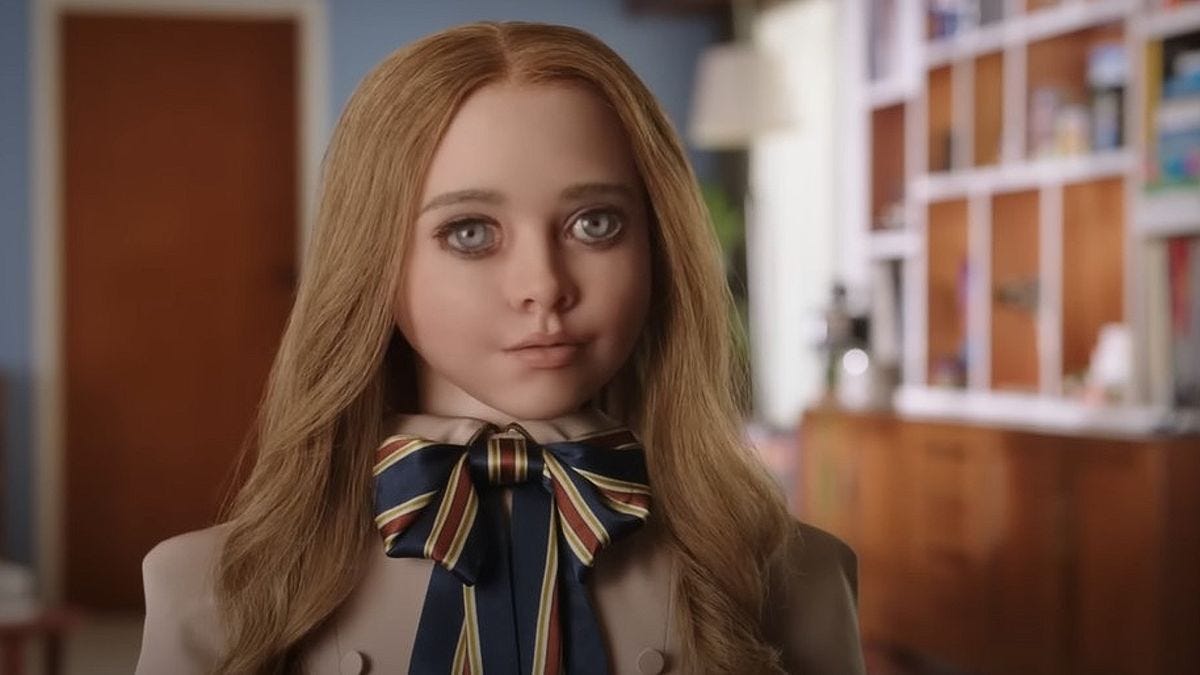Should We Be Worried AI Barbie Is Spying On Our Kids?
Inside Mattel's Odd Choice to Put a ChatGPT Chip into a Beloved Toy
Growing up, my favorite thing to do as a child was play action figures.
A child of the wonderful 1980s, I loved building narratives around Star Wars figures like Luke Skywalker and Han Solo. Ditto for The Justice League, He-Man, Thundercats, and Star Trek.
G.I. Joe was also another personal favorite. Using the prized wooden blocks my mom bought my brother and me to expand our creativity, I’d build hidden lairs clandestinely set into mountains for my armies to wage war.
Getting lost in these storylines was so much fun.
Nowadays, business experts like Steven Kotler would dub this “a flow state.” I had no such terms as a boy. Running around my backyard with friends firing pretend guns until night fell was just what we did.
To quote Sean Astin in The Goonies, this was “our time.”
In 2025, playing toys is quite a different proposition. A few weeks ago, Mattel, the toy company responsible for Hot Wheels, American Girl, Masters of the Universe, etc. announced a partnership with OpenAI to develop AI-powered Barbies. Here’s a snippet from their press release:
“The agreement unites Mattel’s and OpenAI’s respective expertise to design, develop, and launch groundbreaking experiences for fans worldwide. By using OpenAI’s technology, Mattel will bring the magic of AI to age-appropriate play experiences with an emphasis on innovation, privacy, and safety.”
Let’s pause on that word “safety.”
Ever since I read The Coddling of the American Mind: How Good Intentions and Bad Ideas Are Setting Up a Generation for Failure by Greg Lukianoff and Jonathan Haidt, I’ve been suspicious about anything promoting safety.
Feel free to blame it on my own (amazing) free range childhood.
Lukianoff and Haidt’s excellent book published in 2018. Since then Haidt has made cultural waves decrying the dangers of putting smartphones in kids’ hands. All along he’s been a fierce critic of Safetyism. From their book: “Safetyism refers to a culture or belief system in which safety has become a sacred value, which means that people become unwilling to make trade‑offs demanded by other practical and moral concerns.”
That’s just an okay description of today’s society’s obsession with safety.
Here’s another apter quote from the book to bring my concern to life: “Teaching kids that failures, insults, and painful experiences will do lasting damage is harmful in and of itself. Human beings need physical and mental challenges and stressors or we deteriorate.”
We’ll discuss AI in the Barbie context in a sec—I promise. For now, let’s pause to acknowledge a sad fact. When, in the history of kid-dom has any child ever asked for a “safe” toy? Safety sure wasn’t on my mind when my 8-year-old buddies and I were building blanket forts for our M.A.S.K. figurines.
Speaking of Safetyism, the fact that Mattel now feels the need to preempt its creepy Barbie rollout by telling the public how safe it is, should concern parents. Why do children need dolls powered by Large Language Models to ‘enhance’ their play? Unless Barbie is about to go all M3GAN on little girls as a creepy update to the Chuckie franchise.
The reality is, AI appears to be everywhere at all times. We hear about it constantly in innumerable contexts. There’s even a phenomenon called AI Washing. As TechTarget reports:
AI washing is a marketing tactic companies employ to exaggerate the amount of AI technology they use in their products. The goal of AI washing is to make a company's offerings seem more advanced than they are and capitalize on the growing interest in AI technology. AI washing takes its name from greenwashing, which is when companies make false or misleading claims about the positive impact they have on the environment.
It's easy to see why so many companies are leaping on the AI bandwagon. Much like Cabbage Patch Dolls once upon a time, it’s the hot thing. I especially see it on LinkedIn when people make a big point to emphasize AI in what they do. I am not just a marketer, I’m an AI marketer, etc.
That’s totally fine. Even so, it’s important we recognize the implications of changing play so dramatically, starting with Barbie dolls. For decades, the doll inspired imaginative play amongst little girls just like the action figures I loved so much as a kid. How will play change when dolls start listening excuse me—surveilling —children so as to provide them “the magic of AI to age-appropriate play experiences with an emphasis on innovation?”
That doesn’t seem like playing to me.
All that corporate speaks sounds more like snooping—in much the same way our always-on devices like Siri and Alexa are awaiting our next command—and always seem to serve up the right advertisement at the right time based on our conversations. Looking ahead, Hot Wheels cars are apparently getting in on the AI action too. This way, little girls and boys can enjoy the thrill of Large Language Models during playtime.
While I appreciate AI’s many technological wonders, I gotta say this is all a hard no for as a parent. I will continue to give my kids action figures so they can dream and imagine all on their own. That’s the real joy of childhood.







